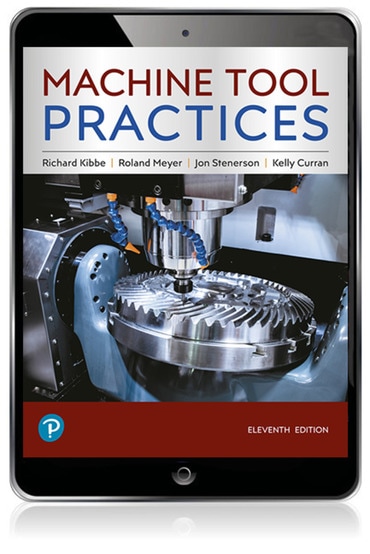Switch content of the page by the Role togglethe content would be changed according to the role

Machine Tool Practices, 11th edition
Published by Pearson (July 14, 2021) © 2020
- Richard R. Kibbe Oxnard College
- Roland O. Meyer Lane Community College (Retired), Eugene, Oregon
- Jon Stenerson Fox Valley Technical
- Kelly Curran Oxnard College
Pearson+ subscription
per month
-month term,ISBN-13: 9780137409129
Machine Tool Practices
Published 2021
Hardcover
$197.32
Price Reduced From: $246.65
ISBN-13: 9780134893501
Machine Tool Practices
Published 2019
Need help? Get in touch